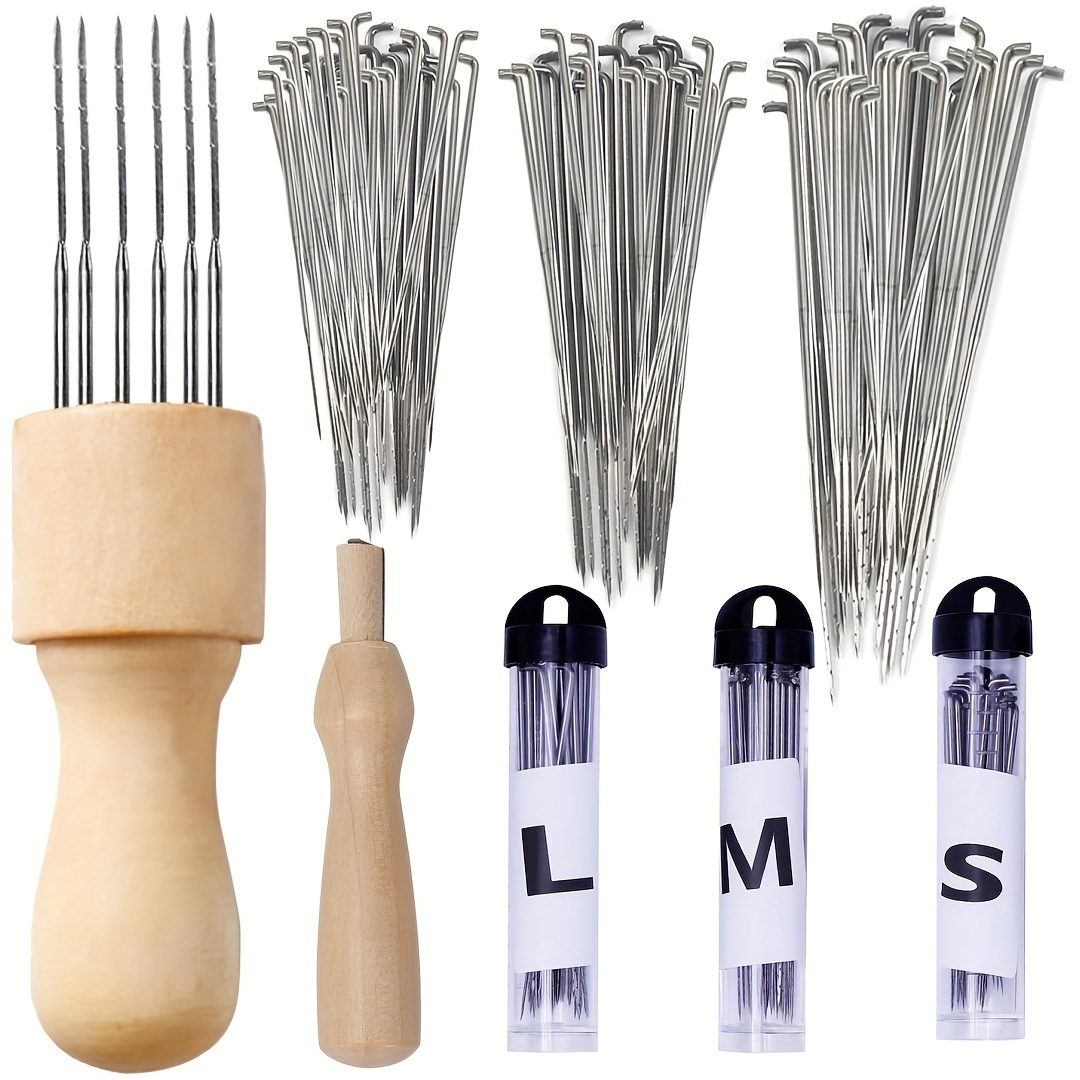
Achieving a Smooth Finish in Needle Felting
Share
Are you wondering how to get a smooth finish on your needle-felted animals? In this tutorial, I'll share my 13 Top Tips to help eliminate holes, lumps, and fuzziness in your sculptures. With the right techniques, you can stab and needle felt a smooth surface confidently!

What Are You Aiming to Achieve?
Are you thinking about needle felting a short-furred animal, like a horse or a short-haired dog breed? Do you want to focus on specific parts, such as the muzzle, to make it smooth and soft? Or perhaps you prefer a firm, smooth sculpture without any fluff, like the sitting foxes I created for an upcoming needle felting course?

Tip 1: Consider the Entire Process
Achieving a smooth finish is not just about the final result. You need to start with intention and have a plan. By carefully layering your wool and using techniques listed below, you can end up with that lovely smooth finish more efficiently.
Tip 2: Choose the Right Wool
Understanding the type of wool you use is crucial for your needle-felted creations.
Merino Wool: This wool is soft and fine, which contributes to a smooth finish. However, be cautious when using merino tops, as stabbing can create visible holes. Fine needles will help achieve the desired smoothness.
Carded Wool: Comes in batts or slivers, allowing for quick felting. However, it may require more effort to smooth out because of its tendency to look messy.
For more information about wool, check out my Guide to Wool.
Tip 3: Utilize Barbed Needles
Barbed needles come in various gauges and shapes, each serving a different purpose in the felting process. It's essential to choose the right needle for sculpting, firming, and finishing.

Start with a thicker needle for the core shape, then transition to thinner needles for finishing. For example, I typically use a 36G triangle needle to shape my fox, then switch to a 40G triangle for smoothing.
Tip 4: Keep Stabbing
If your creation feels too soft or appears lumpy, it’s time to keep stabbing!
If you feel resistance while stabbing, switch to a higher gauge needle to continue firming.


Tip 5: Even Out Any Dips
If your work has some dips despite vigorous stabbing, fill in these areas with more wool to create an even surface.

Tip 6: Felt Shallow and at an Angle
When using higher gauge needles, only felt using the needle tip at a shallow angle (around 45 degrees) to reduce hole visibility.


Tip 7: Use Spiral/Twisted Needles
Spiral needles are excellent for smoothing the surface. They function like a mini-drill, which helps eliminate holes more effectively.

Tip 8: Layer Wool Carefully
When layering wool, ensure that you avoid harsh edges or bumps. Remove any clumps before laying a colored layer over your core wool.


Tip 9: Use Your Hands/Fingers
Gently rub the surface with your hands. The warmth will help move fibers over holes.


Tip 10: Needle Brush Technique
You can use a needle brush to gently cover holes by moving fibers and creating texture while keeping a soft finish.
Tip 11: Utilize a Soft Brush
A soft toothbrush or eyebrow brush can help move strands of wool over holes without causing additional fuzzing.


Tip 12: Trim with Scissors
If your project still looks fuzzy or messy, a good trim with small scissors can tidy up stray strands.
Tip 13: Consider Pressure and Heat for Smoothness
Use an iron carefully or a mini crafting iron to flatten stray fibers for a sleek finish.
Bonus FAQ
1: What if I’m making a long-furred animal?
You don’t need the surface perfectly smooth since it won’t be visible, but ensure the core wool is firm to maintain stability.
2: What about reverse felting?
The surface doesn’t have to be flawless, but it should be firm to allow even tufts of fibers to be pulled out.
I hope you found this tutorial useful! What smooth-surfaced animal are you making? 😊
